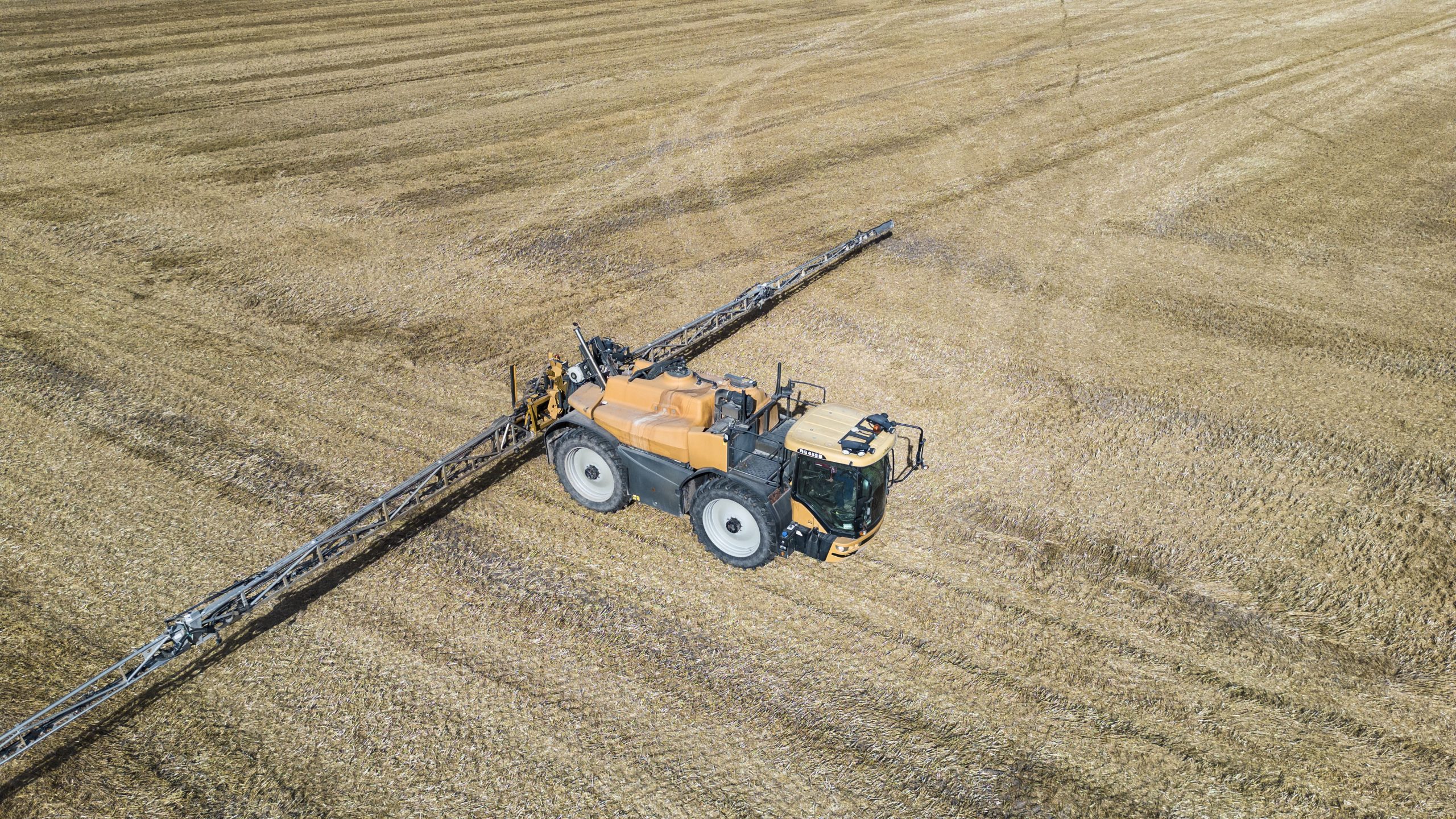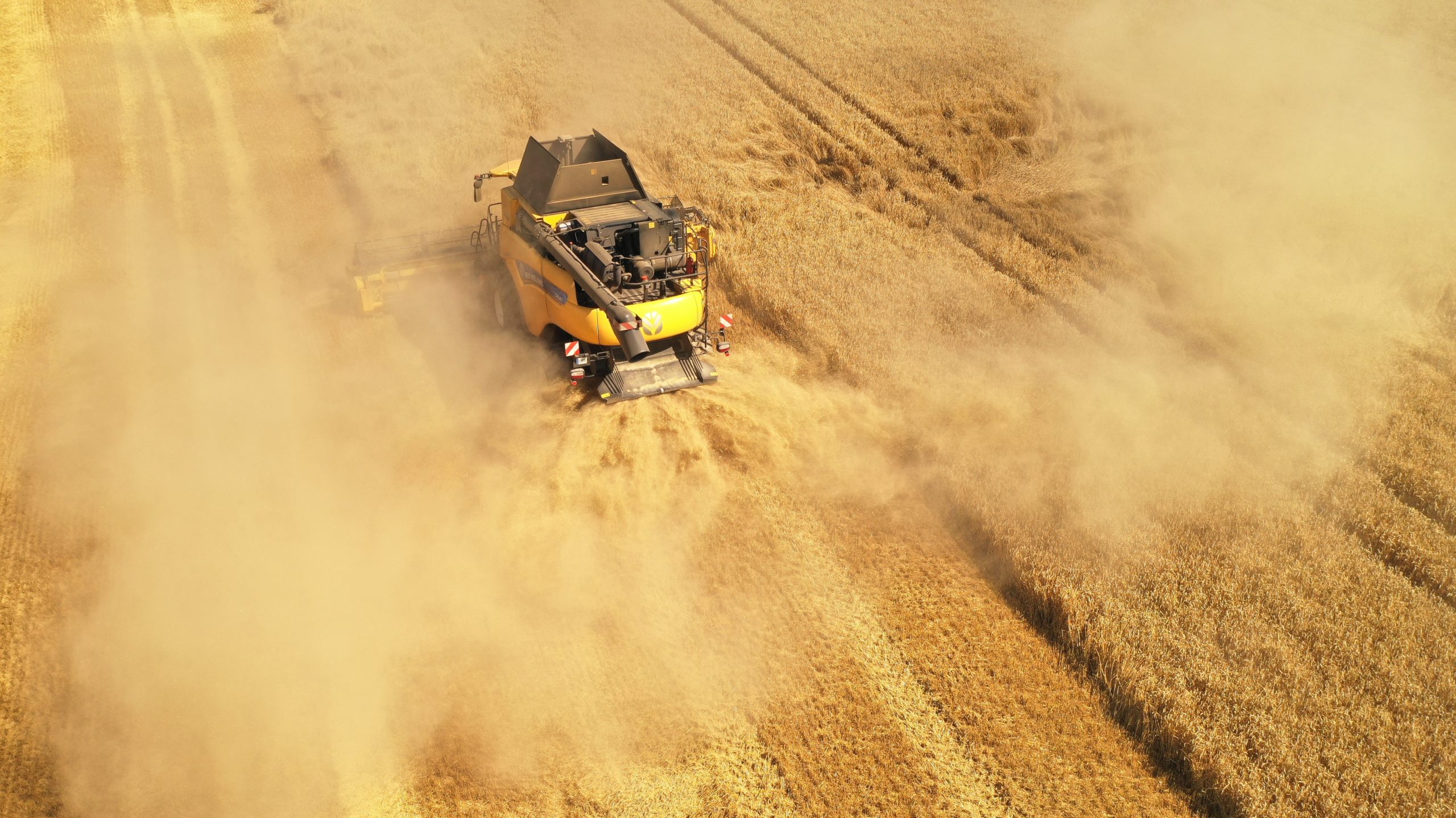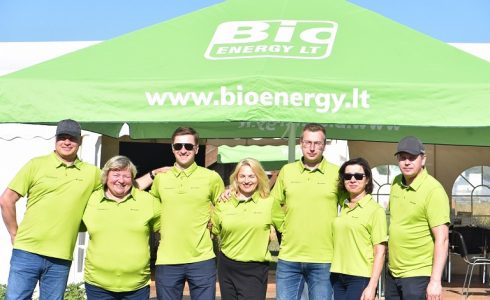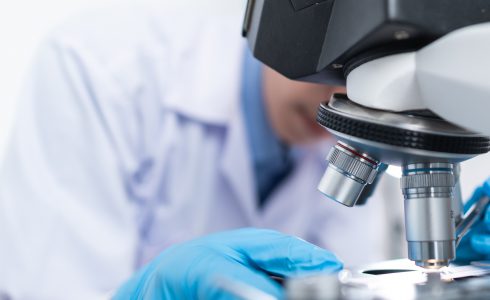“It would be great if we had manure or compost” – a phrase agricultural consultants often hear. While compost is indeed a good solution, it is mostly used by vegetable growers or orchard farmers. Composting is the process of breaking down solid organic matter with the help of microorganisms (mainly bacteria and fungi), turning it into a stable material that can replace chemical fertilizers or be used to improve soil quality. However, producing compost or biohumus at scale for field crops is complex, and even livestock farms usually apply manure directly to the soil instead of composting.
So why don’t we compost more? The composting process consists of two stages: mechanical preparation and biological decomposition (fermentation). During mechanical processing, plant residues are shredded and homogenized to prepare them for fermentation. If farmers choose to compost crop residues, Bioenergy LT offers products that accelerate the fermentation process and improve the quality of the resulting compost.

In recent years, Lithuania has seen a rise in interest in biological soil management – from microbial product use to crop rotation and reduced tillage technologies. When crop rotations are overly simplified or highly specialized, biological products are often used to improve plant productivity and enhance phytosanitary conditions. With expanded cereal cultivation, straw production has increased. Some farmers view excess straw as an obstacle to sowing, but with the right biological tools, straw becomes a valuable organic fertilizer.
Intensive farming has negatively affected the sustainability of field crop productivity. Soil organic carbon is the energy source for soil microbes and many key biological processes. Therefore, to maintain soil quality, it’s essential to continuously return organic matter – especially since each harvest removes a part of the soil’s fertility. Straw, though not as rich as manure, can significantly improve the chemical, physical, and biological properties of the soil – reducing compaction, erosion, and degradation.
Applying straw back to the field helps close the small nutrient cycling loop, which is disrupted when harvested products are removed. When properly managed, straw contributes to humus formation and improves soil structure, moisture retention, and microbial activity. It also reduces nitrogen loss and erosion. Straw treated with Bioenergy LT’s biological product Ruinex becomes an accessible food source for soil microorganisms, enhancing nutrient availability, water filtration, and air balance in the soil.
However, incorrect straw management often leads to poor results. A common mistake is shredding and leaving straw on the surface for too long, causing it to dry out and delaying decomposition. In addition, nitrogen fertilizers are sometimes sprayed on straw, not realizing that nitrogen also feeds pathogens. After harvest, without living roots, a large portion of nitrogen may be lost through leaching or evaporation, leading to direct losses.
The effectiveness of straw fertilization depends on proper shredding by the combine harvester, even distribution in the field, treatment with biological products, and timely incorporation into the soil. This alternative plant nutrition method increases productivity and reduces environmental impact.
Composting manure together with straw improves soil structure, porosity, moisture balance, and nutrient levels. It enhances biological activity by supplying carbon and energy to soil organisms. Proper use of straw gradually increases phosphorus and potassium levels in the soil and plants. Due to environmental damage caused by conventional practices, transitioning to organic fertilization and soil improvement is essential for sustainable farming and improved fertilizer efficiency.




